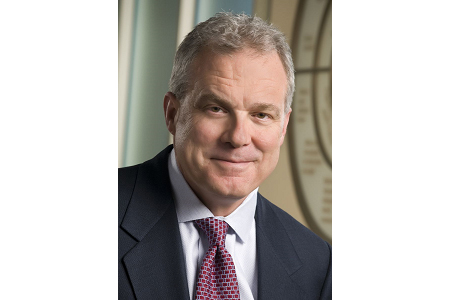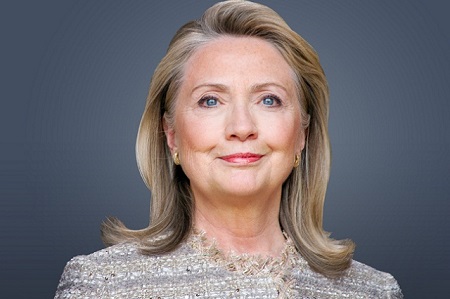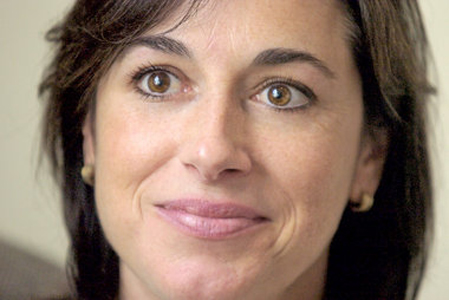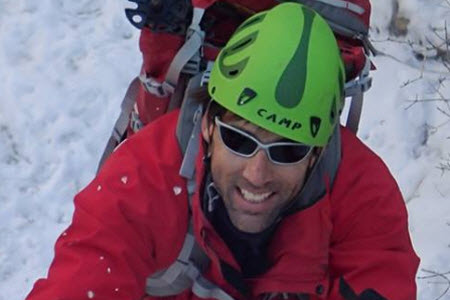What Really Happened At HIMSS14

By John Oncea, Editor
By John Oncea, editor
Along with 38,000 of our closest friends, the Health IT Outcomes team attended HIMSS14 in Orlando in February. Ken Congdon put together an infographic illustrating what he felt were some of the more compelling facts and figures from this year’s event.
Congdon mentions it took 1,018 steps to walk the length of the exhibit floor. To put that in perspective, Avaya notes, “The exhibit space takes a mile to walk the length of, and the Willis Tower in Chicago  (better known as the Sears Tower) can fit on its side with room to spare in the exhibit space. There are more than 1,400 exhibits, and it takes more than four million pounds of freight to make the event happen.”
(better known as the Sears Tower) can fit on its side with room to spare in the exhibit space. There are more than 1,400 exhibits, and it takes more than four million pounds of freight to make the event happen.”
HIMSS14 featured five Keynote Speakers among its more than 230 sessions. Aetna CEO Mark Bertolini spoke on Monday, February 24, saying he expects to see major changes in how health care is paid for in the near future.
According to Hospitals & Health Networks, Bertolini “likely caught a lot of people of guard … when he described the future of an industry in which employers as buyers of health insurance — and likely his company's most lucrative customers — essentially go away.
“The reason: Employer-backed care is driving inefficiency in the market. As consumers become the principal buyers of care, true reform will take place. And with patients in charge of health care spending, along with increased attention on the chronically ill and on wellness, much of the $800 billion a year misused in various segments of health care would be saved, he says. Much of that entails using technology to empower the consumer.”
Medical Economics breaks Bertolini’s presentation into six bullet points, writing, “Here are some of the  keys Bertolini believes will help transform healthcare:
keys Bertolini believes will help transform healthcare:
- Enable customers to take control of their healthcare through connected, digital tools.
- Move ‘carrots away from the highest-cost centers’ such as hospitals to reward providers delivering high-quality care for far less.
- Align payer incentives with providers, and partner to deliver a ‘win-win’ proposition.
- Patients need to see healthcare service as an investment in their health and financial security.
- Invest in wellness. While it will likely be a 25- to 30-year experiment, it is necessary to see if the United States can improve health outcomes and reduce the incidence of disease.
- Better manage chronic disease. The number of Americans suffering from chronic disease conditions is almost as staggering as the costs associated with caring for these health problems. ‘The chronically sick deserve focus factories that deliver better care,’ Bertolini says.”
Hillary Rodham Clinton, former Secretary of State and former U.S. Senator from New York, spoke to an overflow crowd on Wednesday, February 26. InformationWeek HealthCare writes the key takeaway of her presentation was, “Genuine healthcare reform is possible only when all stakeholders leave their blaming, shaming, and ideology at the door.
 “Clinton emphasized that the debate on healthcare reform should be guided by good data and not ideology. Much of that data, Clinton said, has been generated by members of the healthcare IT community, whom she praised as true innovators and future-thinkers. ‘I wanted to thank you for modernizing the US healthcare system to empower patients and provide information to support medical professionals [to improve quality of care and reduce costs].’
“Clinton emphasized that the debate on healthcare reform should be guided by good data and not ideology. Much of that data, Clinton said, has been generated by members of the healthcare IT community, whom she praised as true innovators and future-thinkers. ‘I wanted to thank you for modernizing the US healthcare system to empower patients and provide information to support medical professionals [to improve quality of care and reduce costs].’
“She got a large round of applause when she reminded the audience, ‘You've been doing this for more than half a century. It must be a little gratifying to see the debate catch up with where you have been.’”
Clinton is further quoted by CNN as saying, about Obamacare, “I think we are on the right track in many respects but I would be the first to say if things aren’t working then we need people of good faith to come together and make evidence-based changes.”
CNN continues, “In particular, Clinton pointed to issues with ‘small business of 50 or more’ providing coverage to their employees, and businesses ‘moving people from full-time work to part-time work to try to avoid contributing to their health care’ as issues that should be addressed.
“Clinton also singled out certain provisions of the health care law as successful. The former first lady said she supported children under 26 being able to remain on their parents’ health plans and that Obamacare allows more people access to preventive care.”
 Thursday, February 27 saw Karen B. DeSalvo, MD, MPH, MSc, National Coordinator for Health Information Technology and Marilyn Tavenner, Administrator, Centers for Medicare & Medicaid Services share the stage “for a much-anticipated keynote session on the last morning of HIMSS14,” according to MedCity News, which further wrote, “We learned the difference between an ‘administrator’ and a ‘coordinator.’”
Thursday, February 27 saw Karen B. DeSalvo, MD, MPH, MSc, National Coordinator for Health Information Technology and Marilyn Tavenner, Administrator, Centers for Medicare & Medicaid Services share the stage “for a much-anticipated keynote session on the last morning of HIMSS14,” according to MedCity News, which further wrote, “We learned the difference between an ‘administrator’ and a ‘coordinator.’”
Neil Versel wrote the MedCity News article, adding, “I’ve been covering healthcare and health IT for a long time, but I’d never met or even heard either Tavenner or DeSalvo speak prior to Thursday. Now that I’m home from HIMSS, I’ve still never met Tavenner, and I think she prefers it that way with a lot of reporters.”
Of DeSalvo’s presentation, Versel wrote she “is the fifth person to head ONC on a permanent basis since the office was created in 2004, but the first I was personally unfamiliar with when appointed. She actually has quite an interesting history, notably helping to rebuild neighborhood health services for uninsured and low-income residents of New Orleans after Hurricane Katrina.
“DeSalvo brought Katrina into her keynote, calling the current state of healthcare in the U.S. the ‘perfect storm’ of high costs, low quality, fragmentation and other problems, all swirling around patients like a deadly hurricane. ‘Every day this country creates a different disaster,’ DeSalvo said, showing a satellite photo of Katrina making landfall on the Gulf Coast in 2005, then adding a political opinion. ‘We face the looming decision that we will have to cut costs with an axe rather than with the precision of a scalpel,’ DeSalvo said. ‘We have to act. … We have to get it right.’”
 The show closed later that day with world-class blind adventurer Erik Weihenmayer closed HIMSS with his remarks on the event’s last day.
The show closed later that day with world-class blind adventurer Erik Weihenmayer closed HIMSS with his remarks on the event’s last day.
HIMSS14 wasn’t all educational sessions and Keynote speeches, however, as evidenced by the more than 1,200 exhibiting vendors – one of which spent more than $500,000 to build, transport, and erect its booth.
It was among these exhibitors Health IT Outcomes was able to interview almost 50 participants and produce videos that give the viewer a feel for what it was like to be on the show floor. These videos cover a wide range of health it topics, including:
- Wi-Fi, Networking, and Wireless Infrastructure
- 7signal, Comcast, and Time Warner
- Remote Patient Monitoring
- Document Management, ICD-10, and Records Management
- BI/Data Analytics, Population Health Management, and Cloud Computing
- Accountable Care Organizations (ACO)
- EMR/EHR
- Mobile Computing, and mHealth
- TeleHealth
- Secure Messaging, and Nurse Call Alerts
- Battery and Mobile Cart
- Anton/Bauer, Barco, Metro, Metro, Metro, Rubbermaid, and Rubbermaid
- Mobile Printers, and Scanners
- Health Information Exchange (HIE)
- Infection control
For complete coverage of HIMSS14, visit out HIMSS14 Resource Center.
